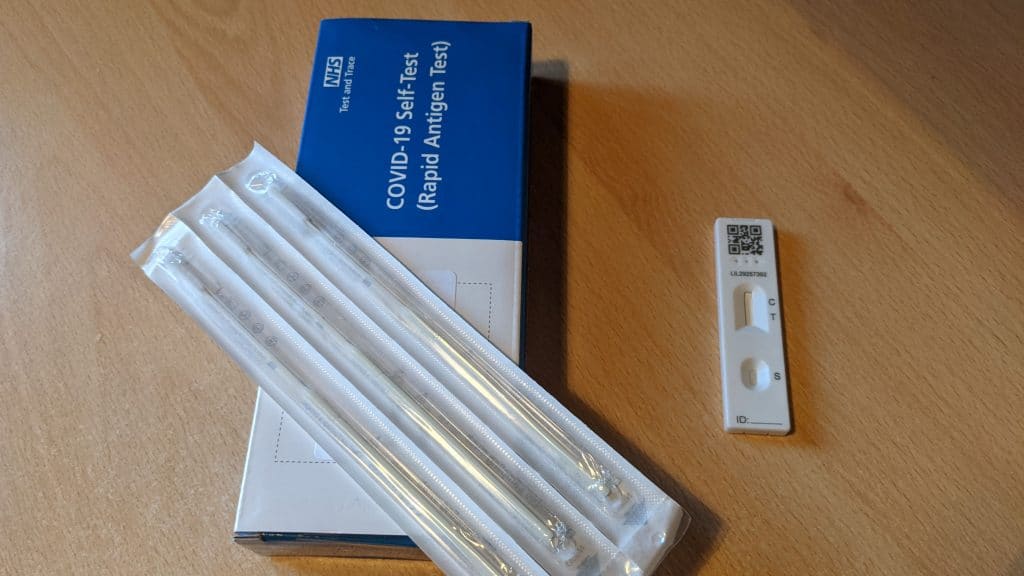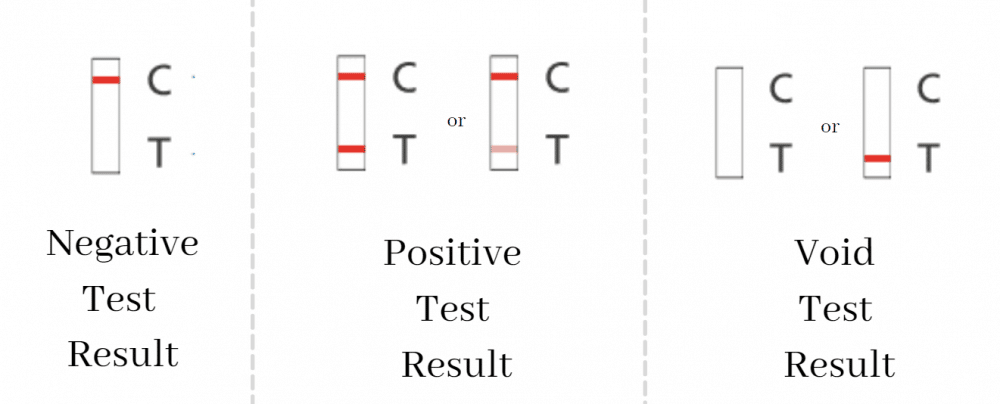The Government has announced that from April 9, everyone in England will be able to take two rapid coronavirus tests a week free of charge – but what are these tests and how do they work?
The rapid tests that will be available to members of the public will be lateral-flow tests, sometimes shortened to LFTs or LFDs. These tests can return a result much quicker than PCR tests, which are the main tests that have to be sent off to labs.
Here’s a look at what lateral-flow tests are, where they will be available and how easy they are to use…
What are lateral-flow tests and why do they exist?
Lateral-flow tests are a type of coronavirus antigen test that are used only by people that are not displaying symptoms of the virus. The tests are often referred to as ‘rapid’ tests as they can usually return a result in 30 minutes.
The person taking the test can usually administer the test themselves and the tests do not need to be sent off to laboratories. The tests are designed to be quick and easy to use and by getting tested, people can reduce the risk of passing the virus onto others.
Why should I get tested?
Around one in three people who have COVID-19 do not display the main symptoms of the virus. Therefore, regular self-testing of people that have no symptoms is being recommended to try and reduce the spread of the disease.
The tests are free and fairly easy to use. Getting tested can help protect people in your family and the wider community and help in tackling the pandemic quicker.
How do I get a lateral-flow test?
Up to now, the tests have mainly only been used in settings such as care homes, schools, universities and some workplaces. From 9 April, everybody in England will be able to access two tests a week and as such, the tests will be available from more locations. The options for getting a lateral-flow test will include;
- get tested in your school or workplace
- get tested in participating community centres
- order online at gov.uk for home delivery
- pick up from a participating pharmacy
- pick up from your local PCR testing centre at specified times
How do I take a lateral-flow test?
Each testing kit includes an instruction manual to help you administer a self-test. You should read the included guide before testing yourself, especially if you have not completed a lateral-flow test before.
As part of the test, you’ll need to rub the fabric tip of the swab provided over both tonsils and then put the same swab gently into 1 nostril and roll this around for 10 complete circles. The fabric tip of the swab will be placed in a liquid, before being squeezed onto a test strip. After waiting half an hour you should get a test result, which you will need to report online to the NHS
Full guides for using lateral-flow tests can also be found on the Government’s website here.
The test may be uncomfortable and some people may sneeze after completing the test, but the test should be quick and pain-free. It may take longer to setup the test on your first test.
How do I know what my test result is?
The test strip contains two parts – control (C) and test (T).
- If one line is displayed next to the C after 30 minutes, the test is negative and it is likely that the person taking the test did not have COVID-19 at the time of taking the test.
- If there is a line next to the C and a line next to the T, even if a faint line, the test is positive. In this case, the person taking the test should book a confirmatory PCR (lab-based) test.
- If there is just one line next to the T or if there are no lines at all, the test is void and another test will be required.
Details on how to check your test result should be part of the instructions leaflet included with your test.
Where can I find more details about rapid tests?
More information about rapid lateral-flow tests can be found on the Government’s website here.




